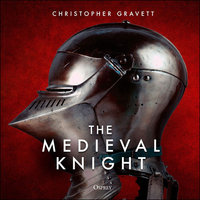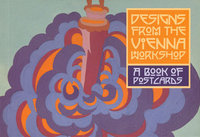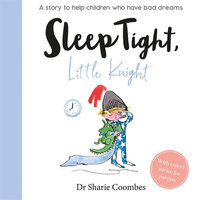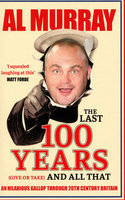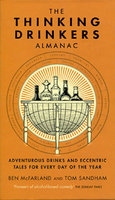Few people nowadays know very much about the Gestapo's 'Black Book' and its implications. Even fewer know of more than a dozen of the famous English names that it included. Anonymous and with no publisher and stamped GEHEIM! (SECRET!), it was compiled in German by the Gestapo and their informants at some time between 1936-7 and July 1940, in readiness for a German invasion of Britain. This is the first serious attempt to identify, classify and analyse a significant sample of the hundreds of anti-Nazi men and women, both British-born and refugee, targeted by the Nazi Secret Police in the Black Book. Deliberately included are those Jewish refugees who, stripped of their German or Austrian citizenship, would become 'naturalised' British and who comprise the majority of those on the List. On the list were Leonhard (sic) and Virginia Woolf. Why did they target a modern novelist? Even those who urged the cessation of the bombing of German civilians and the feeding of starving Germans after the war and supported a new, revived and democratic Germany were included, for example Arthur Ponsonby, Vera Brittain, Bishop Bell, and Victor Gollancz. There is an A-Z listing of some 2,619 names of men and women, mostly with their addresses, to be arrested and interned in camps or placed under house arrest at once, if not executed. Secondly, the more or less A-Z listing of the names and addresses of nearly 400 British Behoerden Firmen and Vereini-Gungen (institutions, businesses, organisations and associations) - all of which were to be proscribed, their papers seized, and their mostly British-born leaders arrested. The second part of the book is the Gestapo's Informationsheft GB, compiled May to July 1940 as an introductory handbook on Britain for the occupation troops, including the SS, and mentioning any additional leading individuals who would require surveillance and probable arrest. The Boy Scouts movement was regarded as a powerful medium of English cultural propaganda and an excellent source for the British Secret Service and was led by Lord Baden-Powell who had himself been a spy in WW1 against Germany. The Fabian Society, Quakers, the New Burlington Gallery, the British Museum and National Gallery, members of the Labour Party, allegedly now in the hands of former public schoolboys, a section on 'Radio' and broadcasting, the Informationsheft describes the Church of England with a membership calculated at 2.3 million as a powerful factor in the exercise of British imperialism, and trade unions said to be 'Marxist' included bakers to cigar makers. It noted that the Freemasons had penetrated all the highest and middle ranks of British society. Sybil Oldfield sheds light on the Gestapo world view and movingly reveals a network of truly exemplary Britons - mavericks, moral visionaries and unsung heroes, chemists, art historians and musicologists, and spies. Who's afraid of Virginia Woolf? 437pp, 32 photos.
Additional product information


